Top Class Actions’s website and social media posts use affiliate links. If you make a purchase using such links, we may receive a commission, but it will not result in any additional charges to you. Please review our Affiliate Link Disclosure for more information.
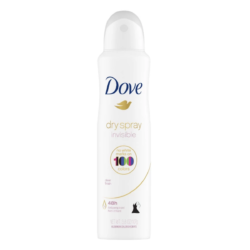
The Dove invisible dry spray class action lawsuit was filed by Carla Been who says Unilever financially injures customers through this misrepresentation, because had customers known that the product did indeed leave white marks, they would not have purchased it or would not have paid as much for it.
According to the Dove spray class action lawsuit, Dove makes an original line of antiperspirant spray, that is not labeled as invisible. Allegedly, the original line and the “Invisible” line are actually the exact same product.
Been notes that the two lines of antiperspirants contain the same active ingredient, aluminum chlorohydrate, and the ingredient is present in the same concentration in the two products.
The Dove class action claims that aluminum chlorohydrate is the ingredient that causes white marks. She says simple testing of the product revealed that it left white marks on clothing despite Unilever’s claims that the product is “proven to leave no white marks on 100 colors of clothing.”
The plaintiff says that while the Invisible product lines “might in fact cause less white marks than the ‘normal’ non-‘Invisible’ ‘dryspray’ antiperspirant spray and/or other antiperspirants on the market, it is irrefutable that the Product will inevitably lead and contribute to more white marks on clothing.”
The Dove invisible dry spray class action lawsuit claims that Unilever knew or should have known that the Invisible line of dry sprays leaves white marks on clothing. Allegedly, the company misrepresented the products in an attempt to entice customers into purchasing it.
According to the Dove deodorant class action lawsuit, Dove knew that customers would gravitate toward deodorants and antiperspirants that they believed would not leave white marks, and exploited this preference in the interest of their profits.
Been seeks to represent a nationwide Class of customers who purchased Dove Invisible Dry Spray products. She also seeks to represent a Class of Missouri customers who purchased the same, in addition to or instead of her proposed nationwide Class.
Did you find white marks on your clothing after using Dove Invisible Dry Spray? Share your story with us in the comments below.
The Dove class action lawsuit was recently removed from state to federal court.
Been is represented by Daniel F. Harvath of Harvath Law Group LLC.
The Dove Dry Spay White Mark Class Action Lawsuit is Carla Been v. Conopco Inc. d/b/a Unilever, Case No. 4:19-cv-02704, in the U.S. District Court for the Eastern District of Missouri.
ATTORNEY ADVERTISING
Top Class Actions is a Proud Member of the American Bar Association
LEGAL INFORMATION IS NOT LEGAL ADVICE
Top Class Actions Legal Statement
©2008 – 2024 Top Class Actions® LLC
Various Trademarks held by their respective owners
This website is not intended for viewing or usage by European Union citizens.



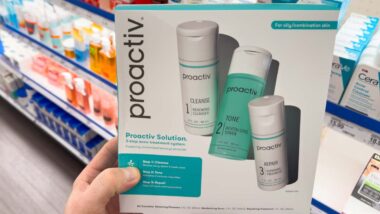

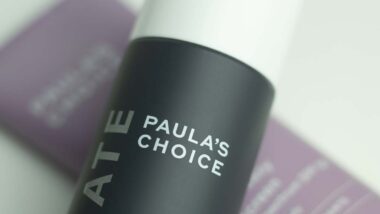
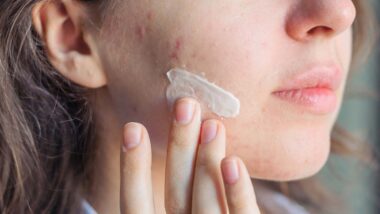
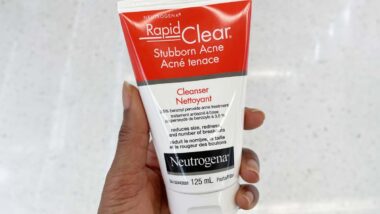
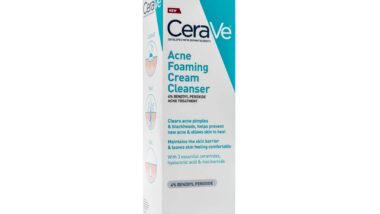
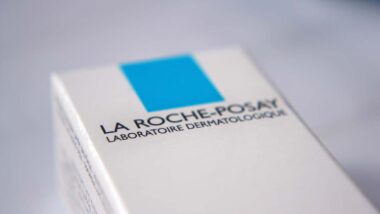

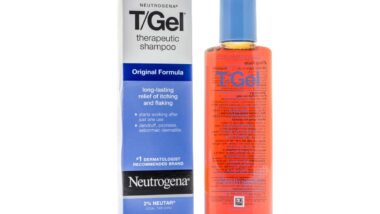



941 thoughts onDove Class Action Says ‘Invisible’ Dry Spray Leaves White Marks
Add me please.
Add me!! I have been buying this Dove deodorant since it came out and it unfortunately DOES leave white marks.
I was trying to figure out if I was going to start my own Class Action against Dove when I came across this. I’m so very disappointed that I’m sitting here with white marks on my NEW black tank top. How can I get added to this lawsuit???
The marking is almost worse than traditional deodorants since I have to put the spray deodorant on prior to putting on my shirts. I get weird, greasy looking lines from my underarms coming into contact with my clothing as I dress. I have tried waiting for it to dry first but apparently that takes a really, really long time. Still get the stains even if I wait 10 minutes.
I’ve used this spray for years and yes it leaves mark but because I never wear sleeveless shirts I tried to make it ok but misleading, fraud, consumer fraud, and any other illegal activities is wrong when a person lives day to day their money is very tight and me being disabled lies on next to nothing so it gripes my toosh for companies to do this to the public ad most 99.9 percent of te time get away with it So please add me to your list
Add me please
Please add me.
Add Me
Add me please
Sprays are easier for for to use because of having Fibromyalgia(bending arms so far) and I mostly use Dove products for body and face. The canister is printed “invisible” so I believed this to be true. After wearing my cute little black summer dress one day then picking it up to throw in the wash the next, I noticed white smudges under the arms, both inside and out. First I was embarrassed knowing everyone saw these markings, secondly I thought back to the message on the canister saying it was to be invisiable.